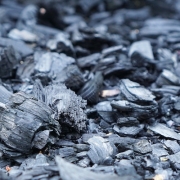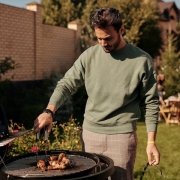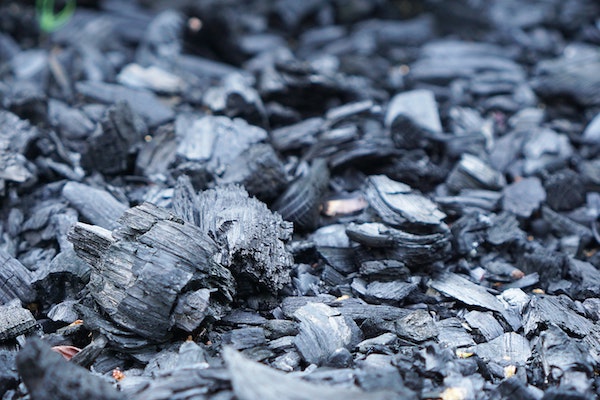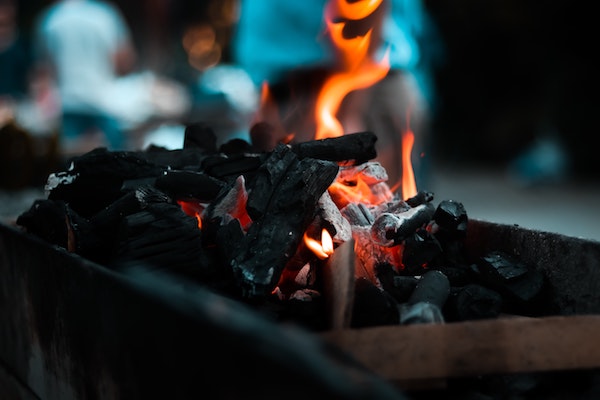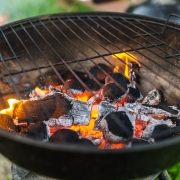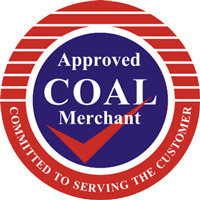The Best Charcoal for Your Summer BBQs
Sweep the patio, dust off the garden chairs and put up the gazebo (just in case): it’s barbecue season. As always at this time of year, we’re seeing a surge in orders for BBQ charcoal as the UK prepares for summer. Everyone loves a barbecue, a chance to get friends and family together, share great food and spend some quality time in the sun, but what is the best charcoal for a BBQ available in the UK?
Get that Perfect Smokey Flavour with Restaurant-Grade BBQ Charcoal
Taking in from the grillmasters of the Southern US, BBQ is best with charcoal. Propane or natural gas is efficient and gets the job done, but that smokey flavour is what barbecue is all about. No matter what you cook, restaurant grill chefs will agree that charcoal provides a juicier, smokier meal. You can save money on charcoal by buying in bulk from professional-grade charcoal suppliers.
Is Lumpwood Charcoal Better than Briquettes?
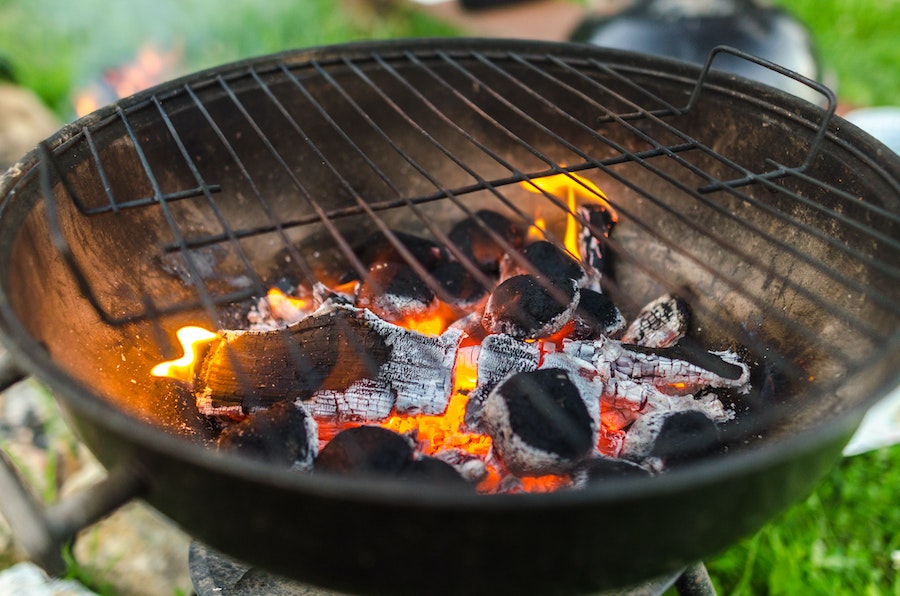
Whether you use lump charcoal or briquettes depends on what you’re cooking and how. There are pros and cons to each type, but generally speaking, lump charcoal is much more versatile.
Charcoal Briquettes are reconstituted carbonised wood, pulverised and mixed with sawdust or other additives to assist with lighting and shaped into regular blocks. They are designed to burn for hours, so if you’re smoking pork from 5 am to serve at lunch, briquettes might be for you.
This kind of cooking is not common in the UK however, and briquettes are generally used for BBQing sausages and burgers. The benefit is that the low heat means meats don’t dry out quickly, which always takes longer than using lump charcoal.
Lumpwood charcoal is natural, carbonised wood, simple as that. It can burn at high heat, making it perfect for searing steaks and burgers, grilling chicken and veggies and is the charcoal of choice for restaurants and chefs worldwide.
It is used in traditional pizza ovens and outdoor smokers. Lumpwood charcoal is popular because, as it burns, it infuses a perfect woodsmoke flavour into the food, free from additives such as lighter fluid or sawdust.
The main benefit of lump charcoal is that you can control the heat level easily by stacking the coals in different ways. More airflow between the coals means more heat while packing lumps close together will achieve the same low, slow cook as briquettes.
Restaurant-Grade Lumpwood Charcoal
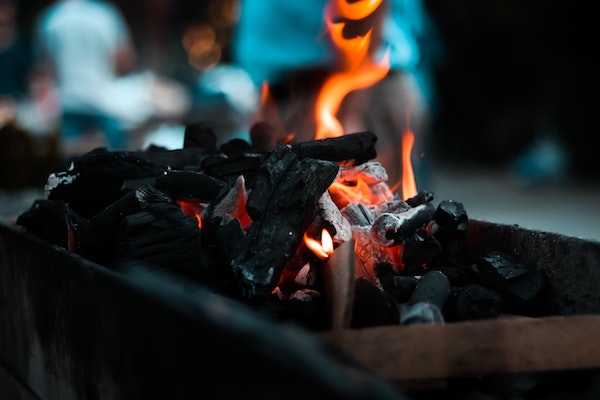
When lump charcoal is marked “Restaurant Grade”, it means it has large pieces of charcoal with high carbon densities. This means the heat produced will be more consistent and last longer than small pieces with low carbon densities.
Restaurants use charcoal in its most natural form because the additives in briquettes can add undesirable flavours.
Restaurants and home cooks alike should look for charcoal that is suitable for use in smoke control areas. These produce minimal particulate matter such as soot or PM10s, so don’t contribute as much to air pollution and help keep your local environment and your neighbours healthy.
Premium Restaurant Charcoal – Authorised Fuel Suitable for Smoke Control Areas – 12 KG
Order Restaurant Charcoal Online from Charcoal Suppliers in Wolverhampton
Whether you’re a back-garden cook or a restaurant grill chef, you can stock up on restaurant-grade charcoal to fill your cooking with smoky grill flavour all year round.
We supply charcoal for restaurants near Wolverhampton with free delivery, saving businesses (and private BBQ-ers) huge amounts per kilo of charcoal. When you buy charcoal in bulk from Charles Swann charcoal wholesale suppliers in Wolverhampton, you can get open-sack or prepackaged delivery to suit your preferences.

